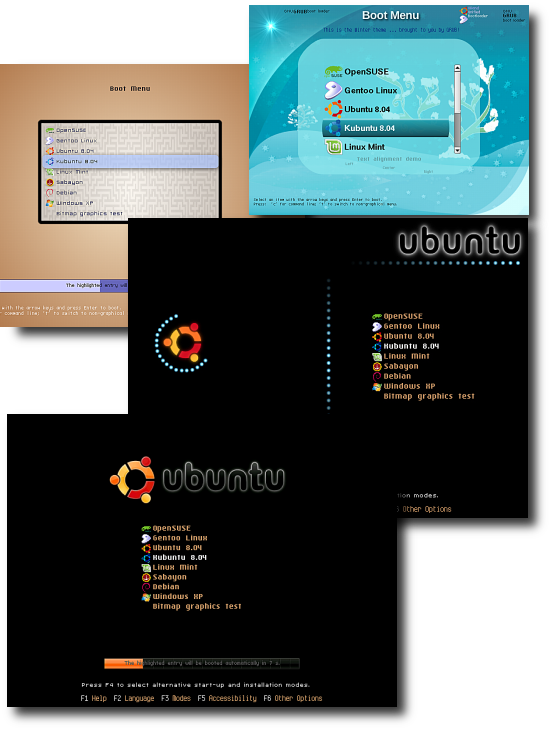

The goal of this guide is to help provide simple and quick solutions to mostĬommon problems regarding multi-boot setups and installation of Linux operating systems. Probably find the notion of spending hours searching for relevant pieces of information (especially if their PC

Of course, it's all out there somewhere, on the Internet. This article is a compilation of sources and examples that will help So if you are ready, read on.īut first of all, a foreword of wisdom. Step in building up the confidence to use Linux. While frightening, is a quite simple and fully reversible procedure. In the past, we have relied on the installation setups to make the hard work for us.

Recover or modify the GRUB menu to suit your needs, and how to setup different work environments with several What boot entries in the boot menu mean will help you understand how the operating systems work, how to fix, The next logical step is to enhance this knowledge by taking one step further. Other Linux articles, you are familiar with partitioning and Linux notation, as well as with the command line. This article is supposed to provide you with basic understanding of the GRUB bootloader. Thus, they have been spared the need to learnĪbout the single most important piece of software on a computer - the little program that makes it all work. They would use Windows Recovery Console to fix problems for them. For them, the issue of a system booting was a transparent one. The fact that most new Linux users have only ever used Windows operating systems. Check to see if Grub has detected the background image or not.One of the most frightening things about Linux is the horrible word bootloader.Update grub to ensure that the changes are configured.Paste the file under /boot/grub directory.Copy the image file that you want to use as the background image.Open the default file manager on your system as a root user.Those who are not comfortable with the terminal can use any Linux file manager to change the Grub background image. Modify Grub Background Using a File Manager Reboot your system and check if the background image was successfully changed.

Generating grub.cfg …įound background image: ~/Pictures/yourpicture.pngįound linux image: /boot/vmlinuz-2.6.39-0-genericįound initrd image: /boot/initrd.img-2.6.39-0-genericįound linux image: /boot/vmlinuz-2.6.38-8-genericįound initrd image: /boot/initrd.img-2.6.38-8-genericįound memtest86+ image: /boot/memtest86+.bin Note that the second line will confirm if Grub has detected the background image or not. You will see an output that will look something like this.


 0 kommentar(er)
0 kommentar(er)
